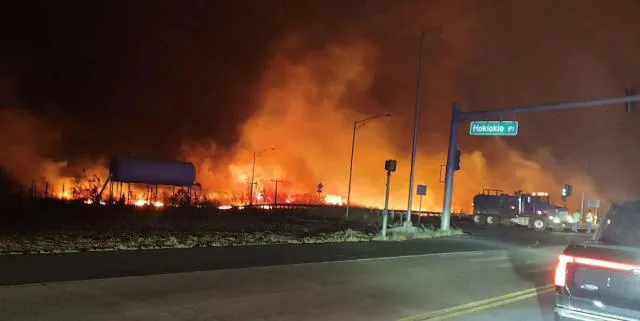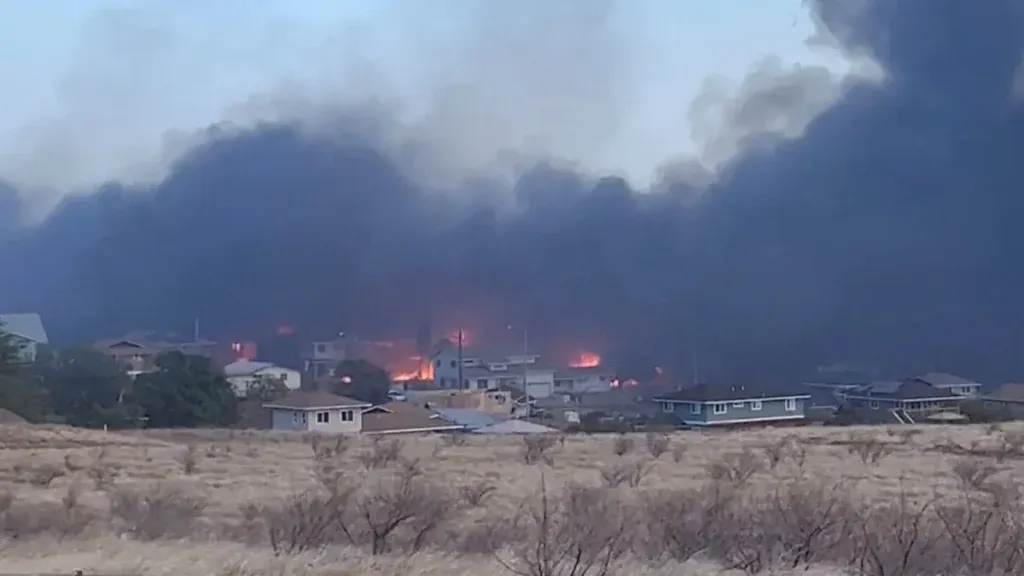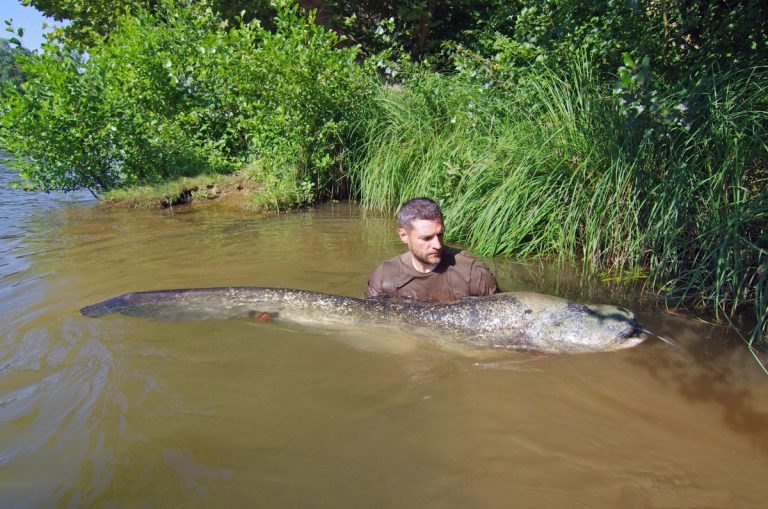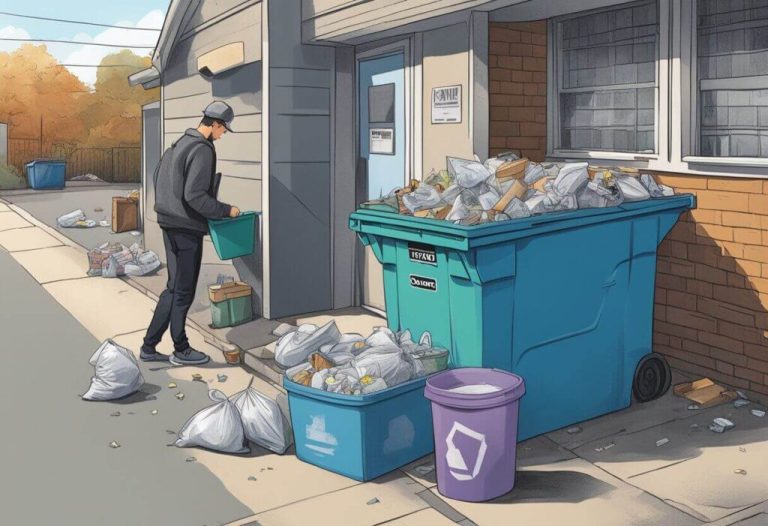Deadly wildfires have been raging across Hawaii, causing evacuations and power outages for thousands of people. These fires are a result of a combination of atmospheric and land conditions, which create what is known as “fire weather.”
The town of Lahaina, a popular tourist destination on Maui, has been significantly affected by a massive blaze that destroyed buildings and resulted in six deaths, according to Maui Mayor Richard Bissen.
As the fires continued to rage, some people were forced to flee into the ocean in an attempt to seek safety. The U.S. Coast Guard confirmed that they rescued around a dozen individuals who had jumped into the water to escape the Lahaina fires.
Business owner Alan Dickar, who witnessed the devastation on Front Street, said that buildings on both sides of the street were engulfed in flames, with no fire trucks in sight at that point.
Dickar believes that the fire department was overwhelmed by the scale of the disaster. In an interview with CBS News, Dickar expressed his concern for the people of Maui, stating that the island cannot handle this level of destruction.
Many people have lost their jobs due to the fires, as a lot of businesses were burnt down. Dickar believes that the impact of these fires will be devastating for Maui.
What caused the Maui fire?
When the wildfires broke out, much of Hawaii was under a red flag warning for fire danger, but the specific cause of the inferno is still unknown.
“We don’t know what actually ignited the fires, but we were made aware in advance by the National Weather Service that we were in a red flag situation — so that’s dry conditions for a long time, so the fuel, the trees and everything, was dry,” Maj. Gen. Kenneth Hara, commander general of the Hawaii Army National Guard, stated at a press conference on Wednesday. That, along with low humidity and high winds, “set the conditions for the wildfires,” he said.
According to the National Weather Service, Hurricane Dora, classified as a Category 4 storm by the Central Pacific Hurricane Center on Wednesday morning, generated powerful winds that contributed to the wildfires in Maui, Hawaii.
The storm, moving across the Pacific Ocean hundreds of miles south of the Hawaiian islands, caused wind gusts above 60 miles per hour that knocked out power lines and damaged homes.
The National Guard helicopters, which were activated as part of the state’s emergency response to the wildfires, were grounded due to the strong winds on Tuesday evening. Acting Hawaii Gov. Sylvia Luke declared an emergency proclamation authorizing the deployment of National Guard troops and extended the state of emergency on Wednesday.
Several #wildfires are burning across parts of Hawaii this week, fueled in part by strong winds from Hurricane Dora passing to the south. @NOAA's GOESWest was tracking the hotspots and smoke from the fires as they burned across parts of Maui and the Big Island yesterday evening.… pic.twitter.com/WzApS2ddTi
— NOAA Satellites (@NOAASatellites) August 9, 2023
She urged people to avoid non-essential air travel to Maui. The National Weather Service forecasted that the perilous wildfire conditions would persist through Wednesday afternoon due to the combination of strong winds and low humidity.
The agency’s Honolulu branch explained in a tweet on Sunday that a pressure gradient between the hurricane and the air north of Hawaii, along with dry conditions, posed a serious threat of fires as well as damaging winds.
While well to the south of the Hawaiian Islands, Hurricane Dora is creating strong winds across the Islands which are creating dangerous fire conditions. https://t.co/12ut6VYhbx
— National Weather Service (@NWS) August 9, 2023
As Hurricane Dora passed south of Hawaii with no direct impacts, the strong pressure gradient between the storm and the high pressure to the north created a threat of damaging winds and fire weather due to the ongoing dry conditions from early Monday to Wednesday.
How do wildfires usually start?
According to the National Park Service, almost 85% of wildfires in the United States are caused by human activities.
These activities include leaving campfires unattended, burning debris, using various equipment, and discarding cigarettes improperly. Some wildfires are also caused by intentional acts of arson.
Lightning and volcanic activity are natural causes of wildfires; however, lightning strikes are more common. Fire weather, as meteorologists call it, can ignite and help spread fires. This occurs due to strong winds, low relative humidity, unstable atmospheric conditions, and thunderstorms.
Nick Nauslar, a meteorologist and former weather forecaster at the National Oceanic and Atmospheric Administration’s Storm Prediction Center, explained this in a 2018 FAQ published by the agency. Wildfires can spread quickly in hot, dry, and windy conditions, especially when these conditions happen simultaneously.
Power lines can also spark wildfires when there is dry brush or grass in the area. This year, the wildfire season has been severe in Canada and across North America due to the effects of climate change, resulting in warm and dry conditions and record heat and drought in various sections of the continent.
Maui Fire officials have issued an alert warning that wildfires can start at a far distance from their source. Erratic wind, challenging terrain, steep slopes, dropping humidity, and the direction and location of fire conditions make it difficult to predict the path and speed of a wildfire. Burning airborne materials can light fires a great distance away from the main body of fire, as Fire Assistant Chief Jeff Giesea warns.
Where are the fires in Maui?
The County of Maui stated that fire was already widespread in Lahaina, which is located in West Maui, and that people should expect road closures in the area. On Wednesday, it was also impacting Kula, an inland Upcountry area of the island. Crews were battling brush fires and structural fires in West Maui and Upcountry districts late Tuesday while people evacuated, according to the county.
More News –
- Daniel Sancho Bronchalo, son of Spanish actor Rodolfo Sancho, has been arrested in Thailand for murder
- Man about to go on trial for 1st wife’s murder is accused with stalking 2nd wife after she divorced him – prosecutors seek bond revocation




